Ambar Sahil Chatterjee, who has worked in publishing for over a decade, and published Nemat Sadat’s queer novel The Carpet Weaver (2019), said, “After the reading down of Section 377 in the Supreme Court of India, publishers have become more aware that there is a ready market of queer readers and an appetite for queer-themed books. With increasing social acceptance, more people from the LGBTQIA+ community are shrugging off the fear of stigma, resulting in a rich, diverse chorus of voices with increasingly sophisticated stories to tell.”
Anxious creativity
Poet-activist Rohan Susha Mathews experienced anxiety about being homebound during the lockdown, which was why he began to write a book about his experiences from 2019. “It is a fictionalised account of when I was lodged in Parappana Agrahara (Bangalore Central Prison) for two weeks over a false allegation that I had cheated the government of Rs 1000,” he said. “I was charged under Section 420. Being a queer and genderfluid person in a prison meant for straight people made me confront many biases, rework concepts of privacy, and find happiness in unusual places.”
Comparing the lockdown to his prison experience, Matthews said that there was no difference, except that the lockdown “came minus the assaulting trauma and no agency at all”. Being in prison brought him in touch with people he never knew he would meet. It was too raw and real but it also forced him to acknowledge the unexpected kindness of people who made sure he got food and did not get harmed.
Manish Gaekwad, author of the queer novel Lean Days (2018), believes that most writers are “half-way prepared” for isolation and social distancing because their craft demands that. Being a queer person who lives away from family and friends, he has trained himself to lead “a life of solitary confinement,” which includes the company of books, a daily writing routine, and access to Netflix and Swiggy. These coping mechanisms are important to him due to “a non-existent love life despite the thrills of online dating, which is also denied in this period.”
Gaekwad has been working on a new book about his mother’s story of how she made a place for herself “as a tribal child, as a child-bride, and as a courtesan without a lineage”, who was “always arriving at a place where she did not belong and so she always saw herself as an outsider…That is what a queer person more or less goes through, either trying to fit in or stand out where they are welcomed with apprehension.” He has also started working on a queer romance set in the film industry where actors are obsessed with their public image and go to great lengths to curate it.
Identities and reality
Like Matthews and Gaekwad, writing has also helped journalist and fiction writer Payal Dhar, stay grounded during the pandemic. She has written more during this period than in the past two years. Dhar, who wrote the queer novel Slightly Burnt (2014), says, “I turned to fiction to make up my own realities because what was happening around us was (and is) overwhelming. From a mental health perspective, I have done okay when I’ve been writing; I have not otherwise.”
Dhar has been writing a fantasy horror young adult novel titled Light. In this book, the pandemic plays a direct role in how the events unfold. All the action is limited to a house, and the outside world is blocked out because of the lockdown. Dhar said, “It features a missing sister, an un-grandmotherly grandmother, and a boy-next-door crush. The protagonist is forced into a lockdown holiday away from home, in the creepy, silent house of his equally creepy elderly relative. His sexuality is incidental to the plot, only manifesting as lusting after his neighbour.”
Reading the news about queer suicides during the lockdown – particularly the death of a bisexual woman named Anjana Hareesh whose parents forced her into conversion therapy – pushed Dhar to be more explicit about queer identities and realities in her fiction. She resolved to write stories that queer readers can see themselves in, without using euphemisms. She says, “Queer teens get into trouble, have adventures, are mean to their parents, make friends and enemies – in other words, just exist.” She is reluctant to fetishize queer suffering for the sake of drama.
This approach is a breath of fresh air because it broadens the construct of queerness beyond unfulfilled desire, longing and persecution. It acknowledges that many queer people have rich inner lives, and they are not necessarily aspiring to imitate the conventions of heterosexual partnership. Sahil Sood, author of the queer novel A Thousand Dreams Within Me Softly Burn (2017), thinks along the same lines. The new manuscript he has been working on is “a supernatural fantasy revolving around a gay man who does not know whether he is dead or alive.”
Sood’s fictional universe is built around dread and claustrophobia because “the protagonist is suspended in a vacuum, where events are not controlled by the boundaries of time and space.” He said, “Isn’t this exactly what the pandemic is like? We have been reduced to a helpless state, fearing a malefic virus whose true nature and potential of harm we do not yet fully understand. That is revealed to us in grim doses every day. There’s a sinister force outside threatening our safety, and we stay in waiting, with the hope of escape.”
Writing as relief
How does writing itself serve as a form of refuge for queer writers? Parvati Sharma, author of the queer short story collection The Dead Camel and Other Stories of Love (2010), said, “Writing, for me, is partly an attempt to face my inhibitions and overcome my fears. Bringing my first book into the world was one of the happiest days of my life. It set me free, and allowed me to do other things.” For some years now, she has been tinkering with the idea of a semi-fictional memoir but hasn’t made much headway in that direction.
Being able to concentrate only for short periods of time during the pandemic, she has been working with forms such as the fairytale and short non-fiction. She also took a temporary break from writing her upcoming book on the Mughal emperor Akbar – to be published by Juggernaut – and began to immerse herself in looking for images of him in miniature paintings. Writing, after all, is not simply about getting words on the page. It also involves preparation, waiting, and surrender.
Sharma believes that the reading down of Section 377 hasn’t meant that the world has suddenly become a safe, joyous place for queer people. Living in the closet itself can be a kind of lockdown for many queer people whose families think of them as sinful or perverted. Their fear protects them until they are ready to come out but it also prevents them from embracing their whole selves for a long time.
That said, talking about one’s sexual orientation or gender identity is a personal choice. Not all who are silent are leading dishonest lives steeped in shame. There are multiple ways of being queer.
From the margins
Do publishers recognise this complexity? Urvashi Butalia, Director at Zubaan, said, “Our self-given mandate is to publish on marginalised voices and that’s what we do. The post-377 moment was a culmination of many forces, the coming together of the queer, feminist, anti-caste and other progressive movements. The manuscripts we have looked at since then reflect this – they focus on art, theatre, queer, LGBTQ and trans lives, for adults and young people.”
The pandemic has revealed striking economic inequalities within India’s queer community along the lines of caste and class. Many have lost their sources of livelihood, been forced to depend on charitable fundraisers, or moved back in with abusive families that do not affirm their sexual orientation or gender identity. These circumstances have had an adverse effect on mental health.
Ketki Ranade, whose last book was Growing Up Gay in Urban India (2018), has been working on a queer affirmative counselling practice handbook along with three co-authors – Shruti Chakravarty, Pooja Nair and Gauri Shringarpure. “Growing up as a queer person in a gender-binary, heteronormative world, writing has been therapeutic for me,” said Ranade, who teaches at the Tata Institute of Social Sciences. Even during the pandemic, while feeling quite helpless in responding to the immediate, the writing of this book and the realisation that knowledge creation on queer mental health is the space where I can give, really helped me cope.”
Their handbook is “an attempt to repair the damage caused historically by the disciplines of psychology and psychiatry in their systematic pathologising and stigmatizing of queer and trans lives.” It will be published by the Mariwala Health Initiative. This book aims to take back the mic, create knowledge from the lived experiences of queer and trans people, and show how mental health distress is located in systems and institutions rather than individuals.
Structural studies
Aruni Kashyap, author of the queer short story collection His Father’s Disease (2019), is exploring systemic inequalities with his upcoming novel set in Delhi, where people from various socio-economic backgrounds converge thanks to the public university system. He said, “Since I am a lower caste OBC from the Koch community, I am writing what it means to be queer and lower caste, queer and from India’s northeast, queer and from a rural background. This is radically different from the metropolitan, predominantly English-speaking Judith Butler-quoting queer people we often see in India’s large urban spaces.”
Kashyap, who teaches creative writing at the University of Georgia, lost his only brother during the lockdown. It was devastating because he could not travel back to Assam for the funeral. “I am still healing and grieving but, due to the pandemic, everything seems to be so magnified,” he said. He spent the early days of the lockdown glued to the television but could not take it anymore as the news got more and more depressing. His attention shifted towards editing, revising and rewriting the draft of his novel. He also began to gather queer short stories from various Indian languages so that he can have them translated and teach them in a course he will design.
Queering the space of higher education is a subject that also interests Saikat Majumdar, author of the queer novel The Scent of God (2019). “What is the nature of the teacher-student relationship, and what are its limits in terms of ethics, power and intimacy?” This question is at the heart of his new novel, currently in the process of being written. He described it as “a contemporary college campus novel that refashions a story about mentorship from a classical myth” and also examines “who gets access to education, of what kind, and the struggle between privilege and exclusion in our universities.”
Majumdar mentions that his interaction with queer students at Ashoka University, where he teaches creative writing, has taken a big hit during the pandemic because most classes and meetings take place online. “It has been impossible to approach sensitive issues of personal identity, which, for many students, is still amorphous, though there are brave exceptions as well.” It is on university campuses that many queer people get to explore their gender and sexuality and also get politicised through the protests they participate in, the friendships they form, and the relationships they enter and exit.
Older, not wiser
Kaustav Bakshi, on the other hand, has been immersed in the subject of queer ageing. He is editing a volume titled Ageing Bodies, Ageist Cultures: Growing Older in India, to be published by Routledge. He says, “The LGBTQ+ movement is usually looked upon as a youth movement. Ageing queer citizens are, in most cases, never at the forefront, although people who are now in their 50s or 60s are the ones who had pioneered the movement. With romantic relationships failing rampantly, with no civil rights to fall back on, the fear of ageing alone is paramount within the queer community.”
Working on this book during the lockdown has not been a smooth process for Bakshi, who teaches at Jadavpur University. He has been alternating between feeling “very inspired to write” and “too depressed to even switch on my laptop.” He also misses touch and community care. His conversations with transgender friends, who do not have the economic privileges he enjoys “as an English educated, middle class, metropolitan queer citizen with a stable job at a public university”, have also opened his eyes to the faultlines within the community.
Rohit Dasgupta, who teaches at Loughborough University and is an elected councillor in London, also emphasised the need to document the struggles of marginalised groups that have been badly affected by the pandemic. Along with Niharika Banerjea and Paul Boyce, he is co-editing an forthcoming Routledge publication titled COVID Assemblages: Queer and Feminist Ethnographies from South Asia.
Dasgupta said, “Our contributors from all South Asian countries and the diaspora are writing about a range of issues – Rohingya refugees, domestic help, sex workers, queer communities in Bangladesh, trans communities in Pakistan and India, the intersections of Black Lives Matter and queer activism in the background of Covid-19, and South Asian queer communities in London and Leicester.”
Nikhil Pandhi, a medical anthropologist at Princeton University, has just finished writing a collection of 14 short stories titled Fragments from the Diary of a Quarantined Man. Armed with an academic background that explores connections between the medical, the social, the emotional and the political, he has written queer fiction set in “India’s escalating humanitarian and health crisis...its uneven and unfair impact especially on the poorest and most marginal sections of our society.” Pandhi celebrates queer desire in the lives of migrant labourers, nurses and domestic workers, who are often depicted as people with no agency at all.
Shapeshifting
Queer people resist the normative in a variety of ways. There is room for both, the passionate activist voice and the luminous artistic voice. Graphic novelist Amruta Patil, known widely for her work Kari (2008), said, “Seekers of every sort, including those working with text and image, are always looking for the realest version of reality. When there is a chance to engage with things most authentically, we are at our prime. Something like this pandemic really drives home how fleeting everything is, it alters our equation with death, creates incertitude about everything we once felt sure about.”
Patil has been working on a new book, to be published by HarperCollins. Finding that words went silent on her during the pandemic, she plunged into painting and began to experiment with form and scale. For the first time in her life, she bought herself an easel and a set of canvases. It was liberating to be led by the image instead of obsessing over the precision of words. She painted a nude self-portrait, and posted it on Instagram. What she got in return was an outpouring of outrage, confusion and adoration.
Patil said, “Queerness is such a shapeshifting, porous word. I hope we always keep that in mind. What is queer? Anything that defies a label. Each book demands that it be written a certain way; it comes with a sense of destiny. This one is still revealing itself to me. Hard to say what it will eventually look like but it has stepped out of the mythosphere and deals with the contemporary.”
Danish Sheikh, who wrote the queer plays Contempt (2017) and Pride (2019), has also been experimenting with form during the pandemic. While working on his doctoral thesis at the Melbourne Law School, he has been “incorporating elements of what it feels like to inhabit the time of the pandemic” within his academic writing.
Sheikh is building on Eve Kosofsky Sedgwick’s book A Dialogue on Love (1999) and Mandeep Raikhy’s play Queen Size (2016) to frame his own narrative as a gay man who combines law and literature to articulate a queer vision of what the world could be. “My queerness gave me a lens to repair,” he said. “I learnt early on, unable to find cognates to my reality in the world around me, ‘to read between lines, find spaces between cracks’.”
The publishing canvas
Is the publishing world ready to embrace all this queer creativity? As a gay man keen to commission queer-themed books, Ambar Sahil Chatterjee believes that publishing houses will make concerted efforts to showcase more unusual and nuanced work as they expand their queer lists. He says, “The space of young adult fiction is exploding with a diverse spectrum of queer stories in the US and the UK. I think the Indian market might take its cue from that trend, especially because the reading community is clued into what is being published internationally.”
So what does the market look like for this genre and in what way will it be affected by the pandemic? According to Rachna Kalra, the founder of Windword, a marketing and communications consultancy specialising in book marketing and publicity, queer-themed books have been a niche both in India and globally. “Having said that, with acceptance of the LGBTQ community and the fact that more people are declaring their preferences today than ever before, this is a market that’s picking up slowly but surely,”, she said.
“For queer-themed books, my marketing would be aimed more at a more general reading audience and build awareness around the title, and not restricted to a very specific group of people,” Kalra added. “As with other genres, I would use various platforms for the most optimal impact, as well as influencers and other committed voices to spread the word around the book.”
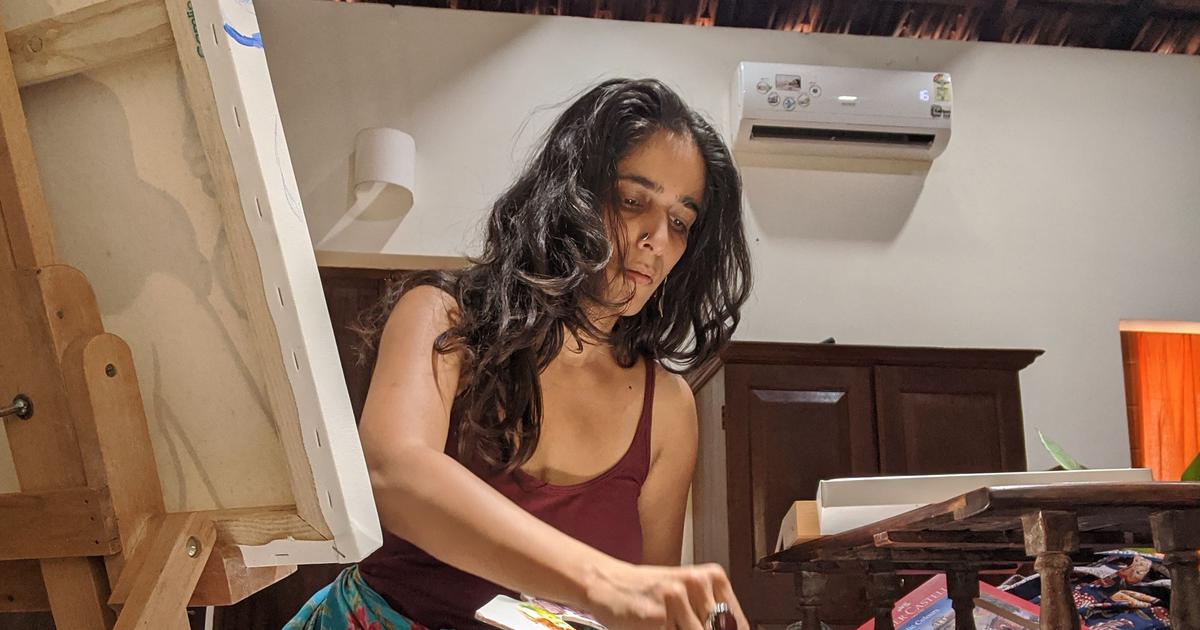



.jpg)






.jpg)

.jpg)
.jpg)
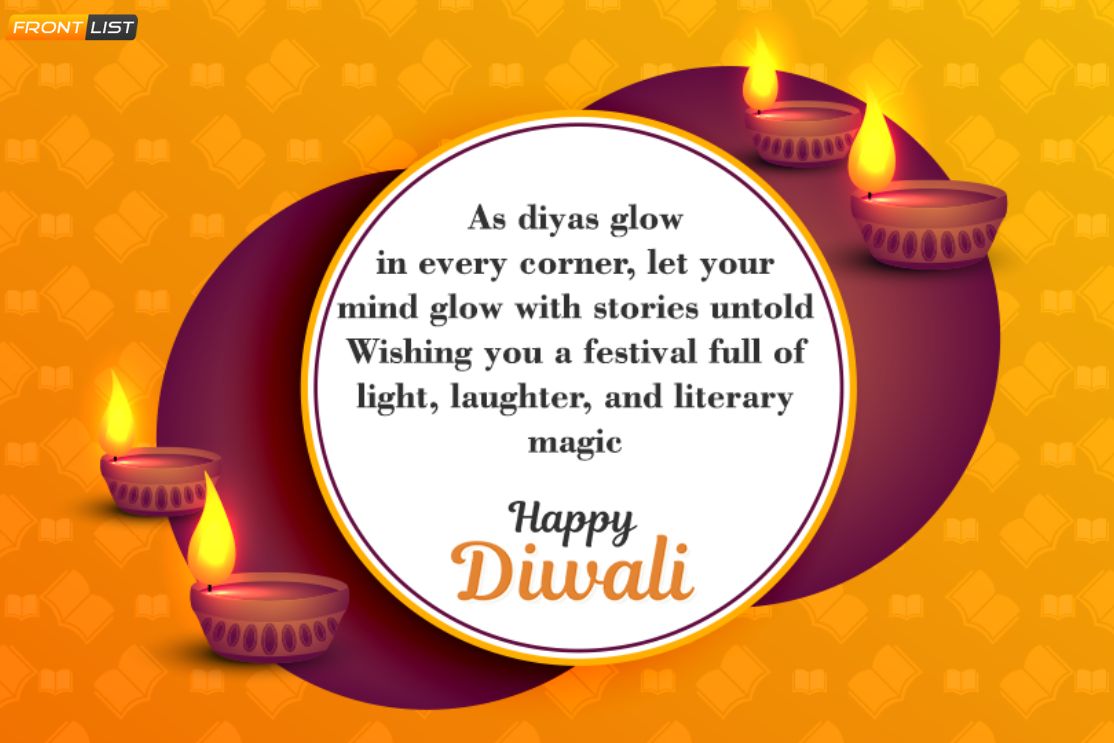
.jpg)
.jpg)
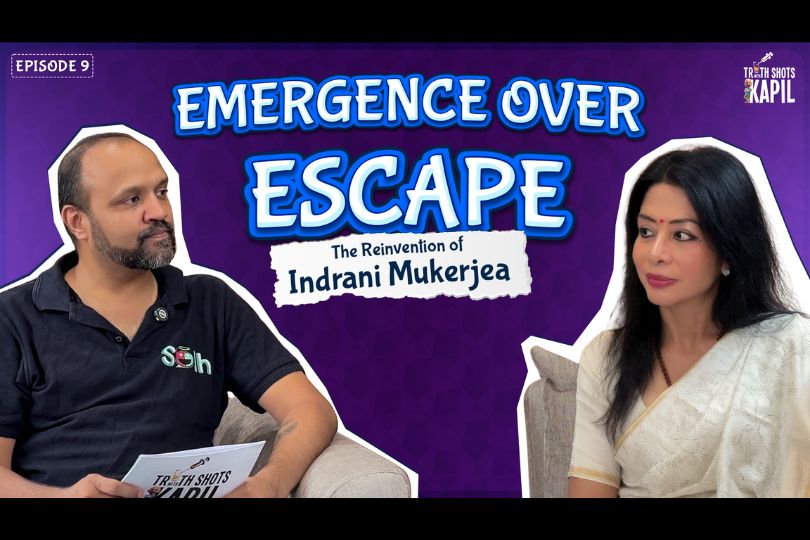
.jpg)
.jpg)
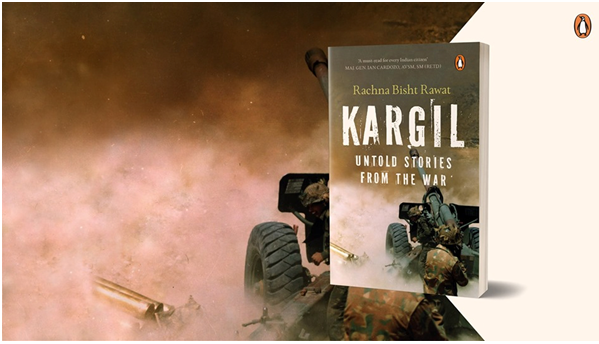
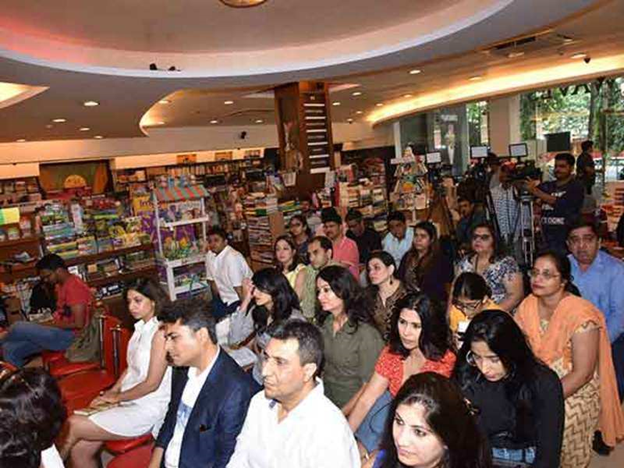

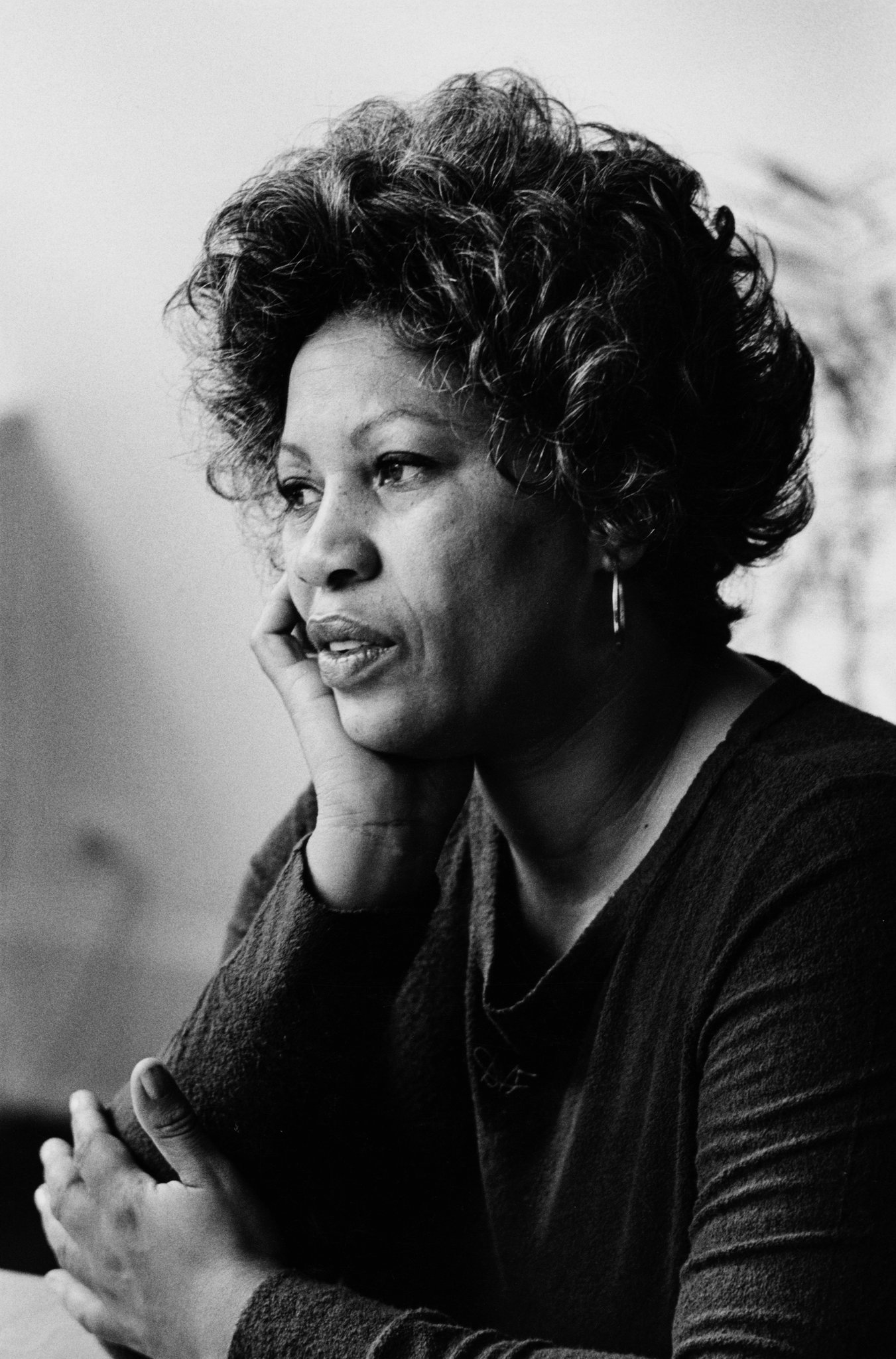
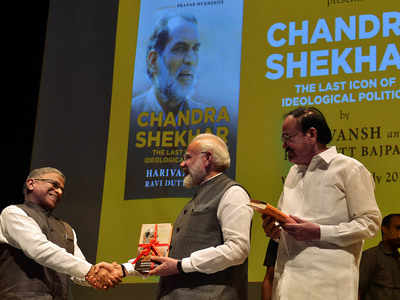




Sorry! No comment found for this post.